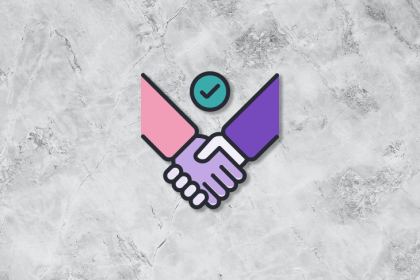
Facilitation refers to leadership techniques that aim to make activities requiring stakeholder alignment easier and more efficient.
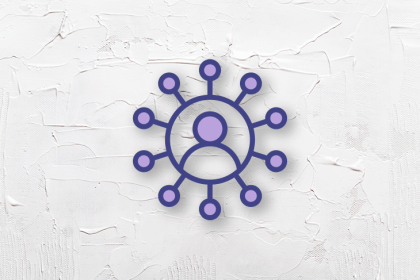
Creating a seamless experience for your product with multiple touch points across various platforms and media can be a great way to increase retention and customer lifetime value.

Everything you need to know about the role of the scrum master, including the job description, responsibilities, and certifications to explore if you’re looking to become a scrum master.

Building a successful product requires an exceptional leader as well as an empowered and engaged team. It takes more than great ideas to keep your product on the right track.
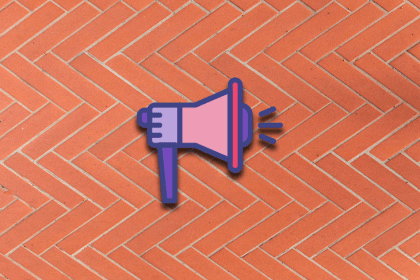
Mastering how to reject unrelated requests that don’t contribute to your product strategy is essential to stay on track for long-term success.

A service blueprint is a visualization of both the whole user journey and all the background processes that happen during the service.

Customer analytics refers to the process of collecting data from various customer sources and analyzing it to understand customers’ behaviors, buying habits, and lifestyle preferences throughout the customer journey.

Conversion rate optimization is the process of improving the performance of a website, landing page, or app by increasing visitor action.

In today’s fast-paced world, making the right decisions quickly can be the difference between success and failure. That’s where earned value management (EVM) comes in.
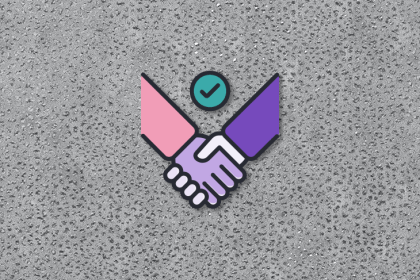
The goal of a service-level agreement is to maintain transparency between the provider and the client, ensuring consistent service quality and accountability.

If you are a product manager that needs an additional revenue source for your product, adding an in-app shop is a no-brainer.
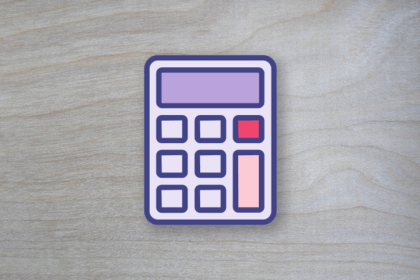
In this article, you will learn what quantitative analysis is, the different types of analysis tools, and how to implement them.